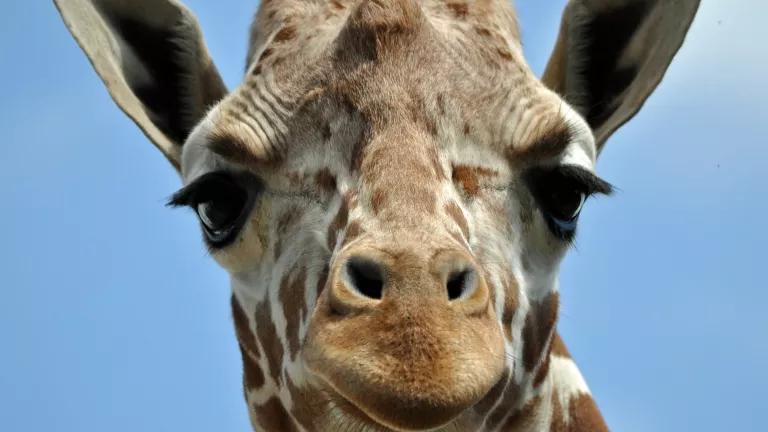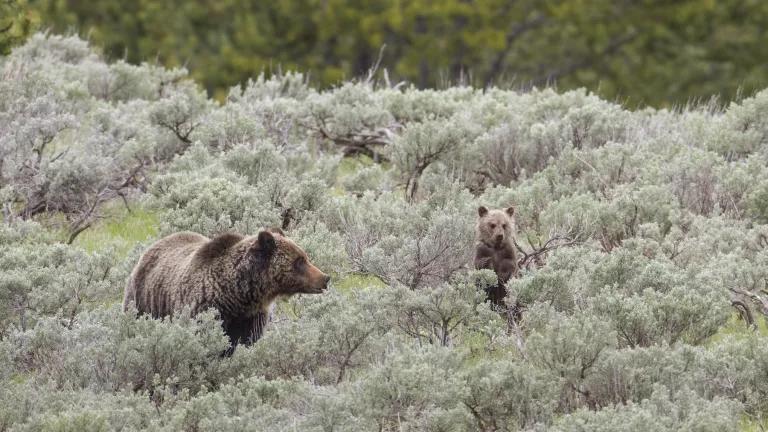Happy (?) World Giraffe Day

Today is World Giraffe Day, but I’m not sure how happy this day is. Giraffes certainly aren’t happy right now. How could they be? Their habitat is being lost at an alarming rate, not to mention the myriad other threats they deal with, including the trade in giraffe parts, poaching, giraffe skin disease, vehicle collisions, and droughts.
We are at a turning point when it comes to the world’s biodiversity. We can either totally transform the way we think and act, or we can continue business as usual and see the extinction of one million species at our hands, some within the next few decades, according to the recent IPBES report (the digestible summary of this report is worth a read!). The report also explains that changes to the way we use land and seas—like the transition of wild lands into agricultural lands—is the top threat to species, with direct exploitation (including wildlife trade) coming in at no. 2.
We’re trying to address some of the threats to giraffes. We recently prompted the U.S. Fish and Wildlife Service (FWS) to consider listing giraffes under the Endangered Species Act through a lawsuit after it failed to respond to our 2017 listing petition. This would help the species by limiting the U.S. trade in giraffe parts and sport-hunted trophies, among other benefits. We’re also backing a proposal from the giraffe range states of the Central African Republic, Chad, Kenya, Mali, Niger, and Senegal to list giraffes on Appendix II of the Convention on International Trade in Endangered Species (CITES) when it meets this August in Geneva. This would limit the international trade in giraffe parts and provide us with more data on that trade by tracking it.
But there are obviously many more factors leading to the giraffe’s 40 percent decline in the last 30 years that are more difficult to tackle. Like the fact that human population growth around many giraffe populations is soaring; that giraffes are having to travel farther to find critical resources, like food and water, due to habitat loss; and that large mining projects and dams are being proposed around critical giraffe habitat, like Zambia’s Ndevu Gorge Power Project, which could decimate the already small population of Thornicroft’s giraffe.
The situation is getting more and more dire, which we detailed in the 90-day comments we submitted to FWS today to help inform its final decision on whether to grant giraffes Endangered Species Act protections, which we hope will come soon.
I think there’s still hope. On a personal level, I think we can reduce our carbon footprints by consuming less, though as my colleague recently wrote, that can't be our stopping point. More importantly, we must work together to enact systemic change by forcing out old, high-emitting industries like oil and gas and supporting new, cleaner ones like wind and solar. A big part of this is, of course, electing politicians that will demand this kind of change at every level of the government from cities to states to national. This is what the IPBES report says we must do and today, on World Giraffe Day, that’s the challenge I’m reflecting on.




